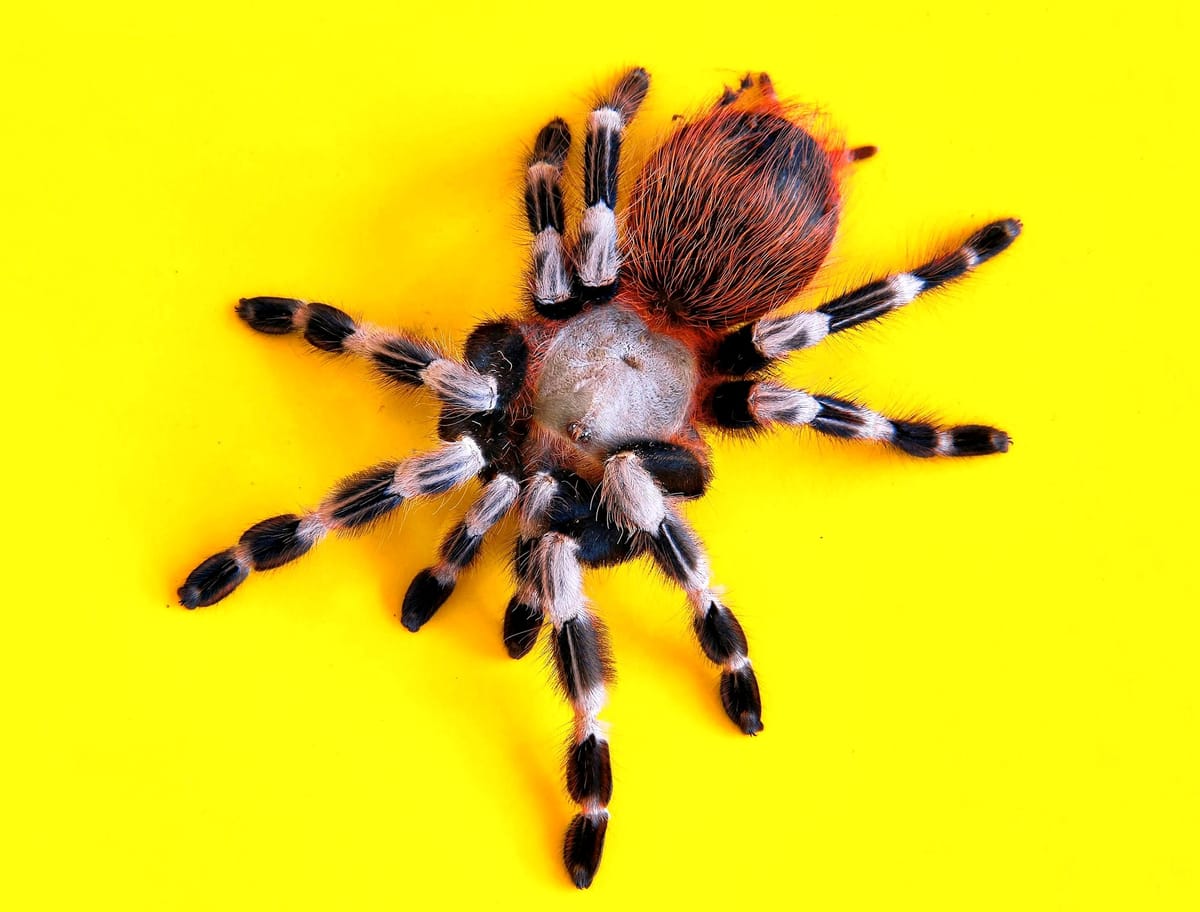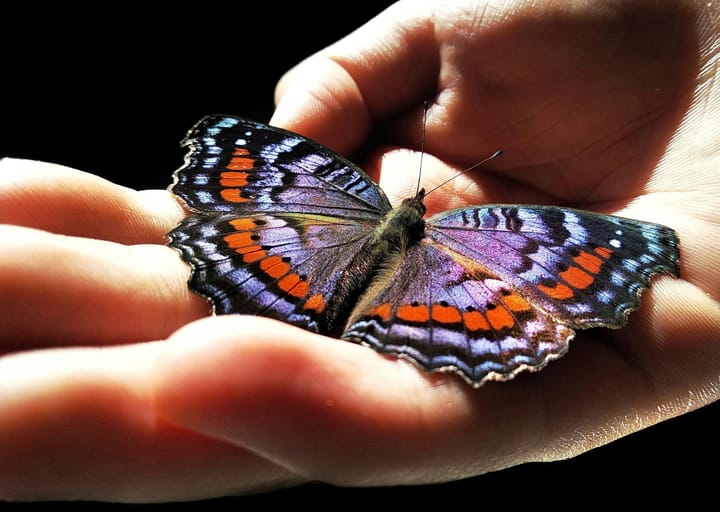Not all fears are created equal: The brain's response to spiders (and other fear triggers)

Fear is a natural defense. A response to danger, that unsettling sense of potential threat, or anything that feels new, hidden, or just plain mysterious.
Fear keeps us cautious and alert, helping us decide on the best reaction to survive—whether that’s fighting back, making a hasty exit, or realizing that the shadow we feared was just a coat draped over a chair.
How common is spider phobia?
Fear of spiders is one of the most widespread phobias, affecting up to 9.5% of the population. This intense fear can cause significant distress and lead to avoidance behaviors.
Using fMRI (Functional magnetic resonance imaging) a "fear network" in the brain has been identified - including areas like the amygdala, insula, and anterior cingulate cortex. These regions play a role in fear and disgust, both of which contribute to avoidance behavior in people with spider phobia.
Research shows that fear and disgust are processed in overlapping but distinct brain regions (more about that below). Disgust is linked to avoiding contamination, while fear triggers immediate escape responses.
When a person with spider phobia sees a spider, their brain activates these emotional responses, leading to an internal struggle between wanting to escape and wanting to confront their fear.
This "approach-avoidance conflict" involves other areas than just the "usual" fear areas (like the inferior frontal gyrus and the dorsolateral prefrontal cortex), areas that help regulate emotions and decision-making.
Can spider fear be measured?
To study spider phobia, researchers use different methods. Self-report questionnaires help assess levels of fear, disgust, and anxiety. Behavioral avoidance tests ask participants to approach a real or virtual spider to measure their reactions.
A recent study examined 49 individuals with spider fear combining behavioral tests and brain imaging. Participants completed questionnaires, a physical avoidance test with a real spider, and a computerized test. They also underwent MRI scans while viewing spider images and neutral images. Afterward, they rated the images based on fear, disgust, and willingness to approach.
The combination of tests was transformed into a comprehensive dataset on how the brain processes fear and how spider phobia severity influences behavior. That can be used as a baseline for future measures of spider fear.
But here’s the puzzler: it’s still a bit unclear whether the fear of spiders activates the same brain areas and circuits as the fear of, say, plunging into deep water.
Even if the feelings seem identical, like a universal “Oh no!”, the brain’s inner workings may vary significantly depending on the source of our fear.
Fear of spiders vs. height vs. "so-called friends"
It has been studied if the brain’s fear response depends on the specific trigger and involves different brain areas. Or if fear is a one-size-fits-all reaction localized in the same brain regions regardless of whether a slithering snake, a huge wave, a rickety escalator, or an awkward social encounter triggers it.
People watched video clips of three distinct fear-provoking scenarios featuring; spiders, high places, or social confrontations while being brain-scanned. Thereby it was possible to measure how much of the activated brain areas were part of a generalized pattern (activated in all fear scenarios) versus those that lit up only in response to a specific fear.
It showed that different areas of the brain activate depending on what sends you into a panic.
Our fears are unique
In fact, most of the brain regions involved in generating fear are not part of a general fear response; they are specific to the situation that triggered the fear.
So, while fear may feel like a single emotion, it’s actually a collection of emotions that originate, connect, and travel through various parts of the brain. Each particular fear results from a unique blend of brain areas working together.
If you tell a friend that you fear hedgehogs, and your friend has a deep-seated fear of dolphins, those are likely two entirely different fears—beyond just the obvious difference between prickly little creatures and friendly sea mammals.
About the scientific paper:
First Author: Mengfan Zhang, Austria
Published Nature Portfolio. February 2025
Link to paper: https://www.nature.com/articles/s41597-025-04569-w




Comments ()